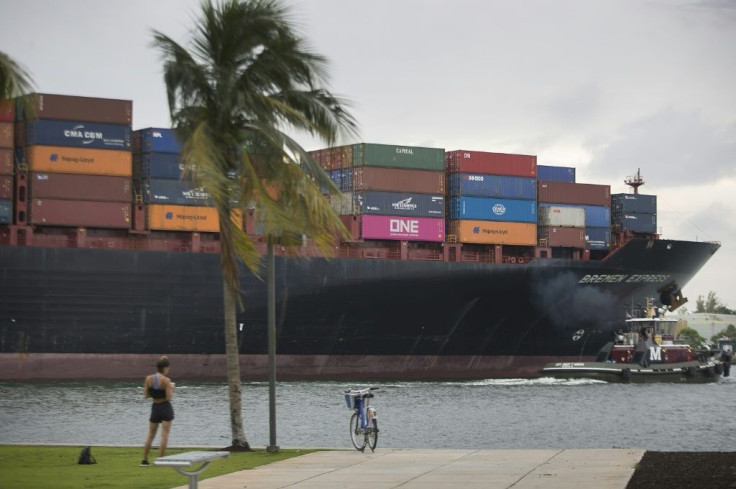The US-China Trade War: Where Are We Now?

The United States and China on Thursday reportedly struck a bargain on trade, that would cancel a fresh round of a tariffs on $160 billion in Chinese imports due to kick in on Sunday.
The news cheered investors, lifting Wall Street and marking a de-escalation after 20 months of trade conflict.
But where does this leave the two sides?
If Trump has indeed called off Sunday's tariffs, it will mark the second time in 2019 he has refrained from acting on a threat.
Earlier in October, duties on $250 billion in Chinese goods had been due to rise to 30 percent from 25 percent.
But Trump initially postponed and then called this increase off, announcing on October 11 that the two sides had reached a "very substantial phase one deal." Since then however, the sides have struggled to finalize the agreement.
China, meanwhile, delayed new tariffs on 16 categories of US goods until September 2020.
More than $350 billion in Chinese merchandise is currently subject to punitive duties imposed during the trade war, something Trump hopes will push Beijing to end what Washington regards as unfair trade practices.
The December 15 tariffs target top-selling consumer items like mobile phones, shoes, sports apparel and toys -- items US consumers depend on heavily. If they did hit on Sunday virtually all Chinese goods exports to the United States will be covered by Trump's punitive new duties.
Beijing has mostly maxed out its ability to put tariffs on the roughly $120 billion in goods it imports from the United States.
Media reports on Thursday said US and Chinese officials struck a partial trade deal that awaits Trump's approval.
In a tweet on Thursday, Trump said the economic powers were getting "VERY close to a BIG DEAL" but this is not the first time he has made touted his grand hopes, only to hit snags later.
Chinese officials have said they want some or all of the tariffs Trump has imposed so far to be removed in addition to those that had been set to take effect on Sunday.
According to reports, Washington also offered to slash existing tariffs on $360 billion in Chinese goods by as much as 50 percent.
Trump has also called on Beijing to commit to massive purchases of US farm exports, to take additional measures to protect intellectual property, end the forced transfer of proprietary technology and open Chinese markets wider to American financial services.
So far, Washington says US sanctions on the Chinese telecoms giant Huawei, which American officials accuse of violating US sanctions on Iran and claim is a tool of Chinese espionage, are a separate matter.
But it remains an obvious way for Washington to offer concessions to Beijing and Trump has said the two could be addressed together.
The conflict has depressed trade between the United States and China. Through October, two-way goods trade has fallen nine percent to $469.8 billion, according to US Commerce Department figures.
US exports to China over that period are down 15 percent while imports from China have sunk seven percent.
The trade war has helped push the global manufacturing sector into decline, including in the United States, and created uncertainty for businesses, which have refrained from investing.
While slowing, the American economy has outperformed recent expectations. China's economy also slowed, and in the third quarter hit its weakest growth in 27 years.
© Copyright AFP 2024. All rights reserved.





















